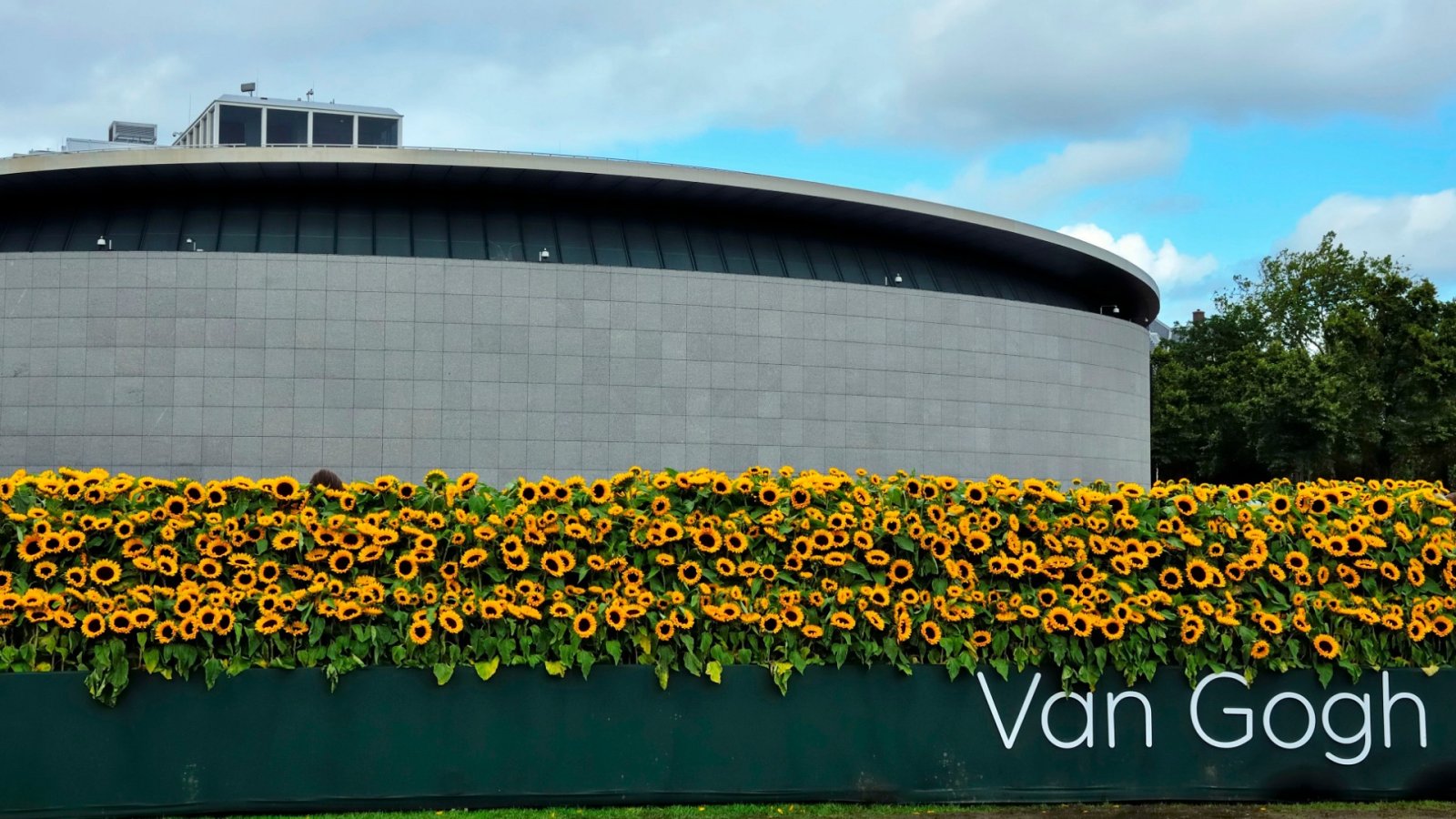Sotheby's New York is set to auction "Garden in Front of the Debray Farm" with an estimated value of $20-$30m. The painting was created just a short walk from Vincent's apartment in Montmartre, which he shared with his brother Theo. At the painting's center, towering over everything else, are enormous sunflower plants. Interestingly, only a year later in Provence, Van Gogh would go on to create his iconic series of Sunflower paintings.
Why is this interesting for art lovers? Well, because the painting being auctioned at Sotheby's depicts the garden of the Debray family's 18th-century farmhouse, which was located at the top of Montmartre and owned the windmills. During Van Gogh's time, these mills had been converted into a popular entertainment complex known as the Moulin de la Galette. However, Van Gogh's painting presents the farmhouse garden as a charming, rural escape. What’s more, in an 1887 photograph, the hilltop farmhouse can be seen overlooking the sprawling city of Paris. However, the bareback garden captured in the photo, which was taken in the same year as Van Gogh's painting, implies that the artist took significant creative liberties in transforming it into a pastoral scene. Plus, the photograph does not show any signs of the giant sunflowers featured in the painting, although it's possible that they were not in bloom at the time the photo was taken.
Miriam Alexandrine de Rothschild (1884-1965), a prominent art collector and member of the French Jewish banking family, acquired Garden in Front of the Debray Farm in 1937. However, just prior to the outbreak of the Second World War, she safeguarded the Van Gogh painting and other works of art in a secure safe in a Parisian bank before fleeing to Switzerland. But following the German occupation of France in December 1941, the painting was confiscated by the Nazis from the Parisian bank vault where it was being safeguarded. The painting was then transported to Berlin for Hermann Göring, Hitler's second-in-command, along with 24 other looted artworks from different owners, as part of a trade for a Rembrandt and two carpets. To transport the painting to Lucerne-based Galerie Fischer and circumvent customs issues, the diplomatic bag was allegedly used. In April 1942, Theodore Fischer sold Garden in Front of the Debray Farm to Swiss arms manufacturer and collector Emil Bührle.
Following the end of the war, de Rothschild initiated legal proceedings to reclaim ownership of the Van Gogh painting. In 1948, the Swiss courts ruled that Emil Bührle was required to return the artwork to her. Subsequently, the painting was passed on to de Rothschild's sister-in-law, Lucy Spiegl, who eventually sold it in 1965. It is important to note that “Garden in Front of the Debray Farm” was restituted in accordance with the law, and there are no lingering concerns over its history.
In the early 1990s, Ryoei Saito, a Japanese paper manufacturer, and collector, acquired the Garden in Front of the Debray Farm painting from Sotheby's. Saito was famously known for paying a record-breaking $82.5 million for another Van Gogh painting, Portrait of Dr. Gachet (June 1890), in 1990. Despite his previous comments about wanting the painting to be cremated with him, the Portrait of Dr. Gachet has since disappeared into an undisclosed private collection.
At the upcoming Sotheby's auction on May 16th, a significant point of interest for Garden in Front of the Debray Farm will be its coloration, which showcases the influence of the Impressionist movement on Van Gogh. The vibrant yellows in the foreground foreshadow the lively paintings that he would later create in Provence, where he relocated six months after completing this Montmartre piece. Another Van Gogh owned by de Rothschild was Wheatstacks, a watercolor painting from June 1888. The Nazis also seized this painting during the war, but unlike Garden in front of the Debray Farm, it was not returned to de Rothschild after the war.






